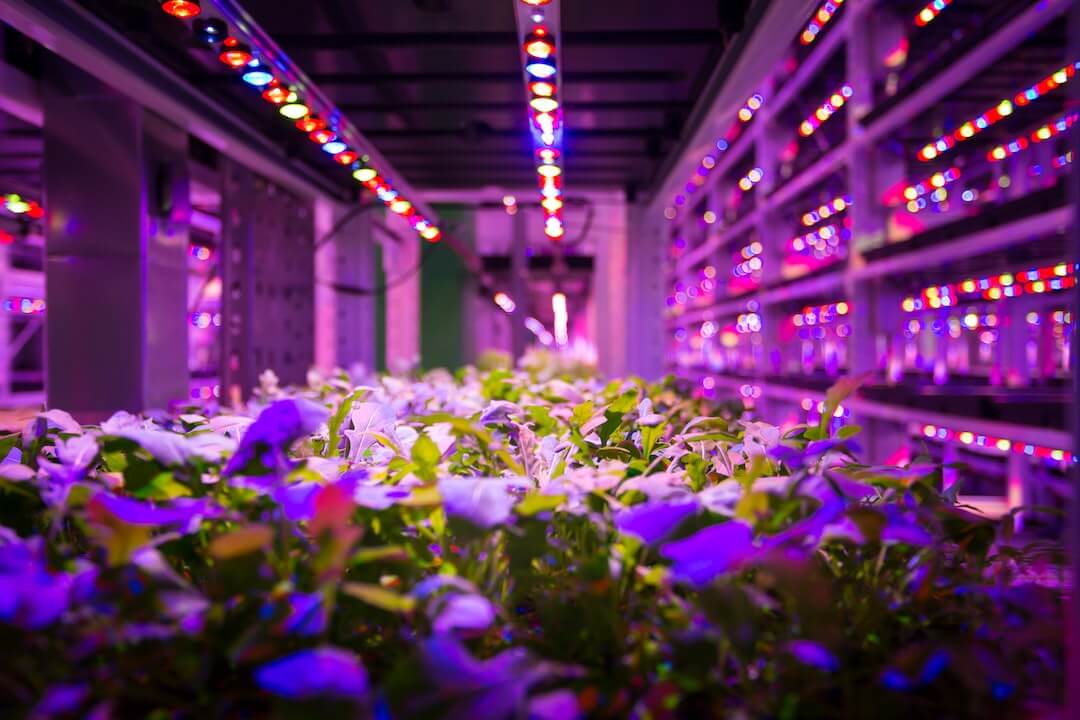We'll examine the newest developments in precise LED lighting systems, examine the situation of the LED industry today, and talk about the rising use of UV light in agricultural applications in this article. We'll also look more closely at the difficulties faced by LED manufacturers, such as balancing efficiency and cost-effectiveness while catering to the particular requirements of diverse growth systems. Whit Allen, CEO of SpectraGrow, generously contributed insightful comments throughout our conversation. His knowledge and efforts have significantly improved our comprehension of this quickly developing topic. So let's begin this enlightening voyage!
The worldwide horticulture LED market was seeing stable expansion as of 2021. The introduction of cutting-edge technology, like LED lighting, in controlled environment agriculture (CEA) has been prompted by growing concerns about food security, climate change, and sustainable agricultural methods. The Global Horticulture Lighting Market Size will increase from USD 6 billion in 2021 to USD 19 billion by 2030 at a Compound Annual Growth Rate (CAGR) of 19% throughout the projected period, predicts a study by Spherical Insights & Consulting. Government subsidies, incentives, and the development of energy-efficient and affordable LED lighting options all contributed to this immediate increase.
The industry's leading players include Signify (formerly Philips Lighting), OSRAM, Heliospectra, Fluence (formerly Fluence Bioengineering, now acquired by Signify), and Hortilux Schréder, were present, along with a several number of emerging smaller businesses. These businesses actively invested in research and development while creating novel and cutting-edge items to acquire a competitive edge in the market. Due to this, partnerships and collaborations between horticulture LED companies and research organizations (such as GE's current partnership with Wageningen University & Research) and acquisitions and strategic alliances that aimed to strengthen market positions and broaden global reach were becoming more prevalent.
One of the main challenges horticulture LED companies face is the high initial investment cost associated with LED lighting systems. While LED technology is energy-efficient and provides long-term cost savings compared to traditional lighting options, the upfront cost for horticulture LED solutions remains a significant barrier to entry for many small and medium-sized growers. Consequently, these growers may opt for cheaper alternatives, hindering the widespread adoption of horticulture LEDs. Therefore, market players must continue to innovate and reduce the total cost of ownership of LED systems to attract a broader customer base and promote sustainable farming practices.
Read more in our latest edition here.
Photo by Petr Magera on Unsplash



2 Comments